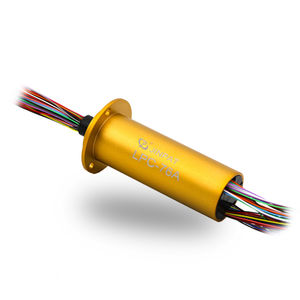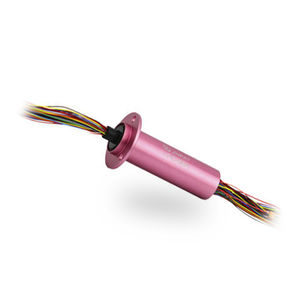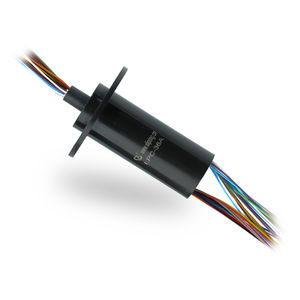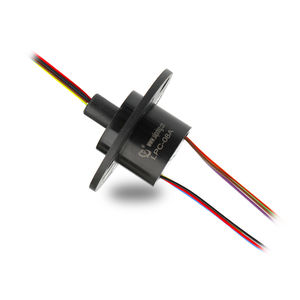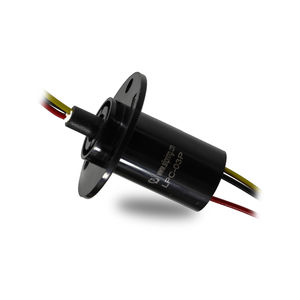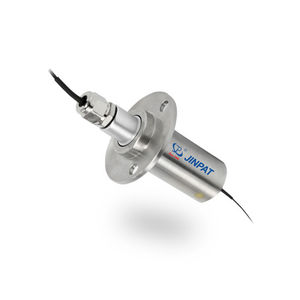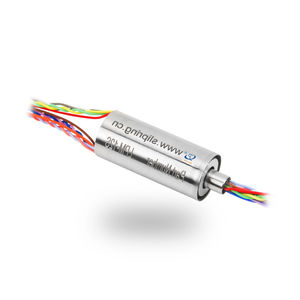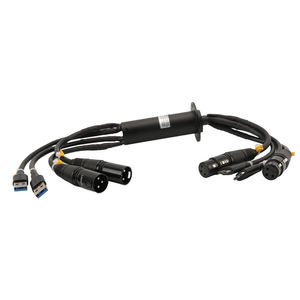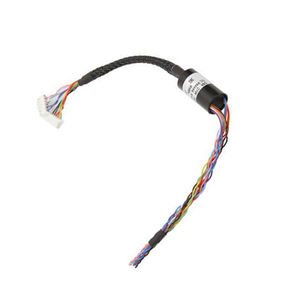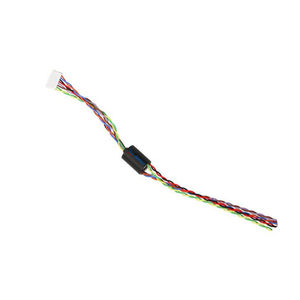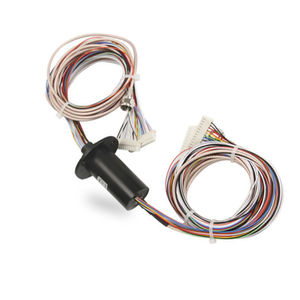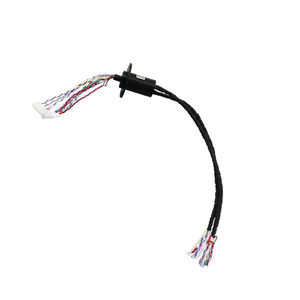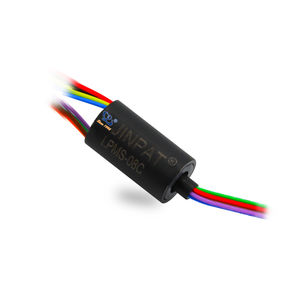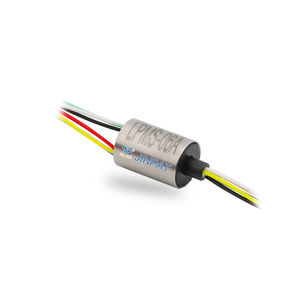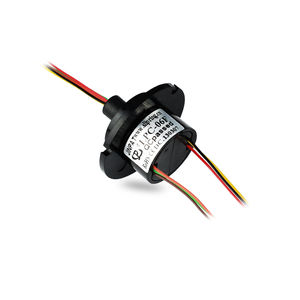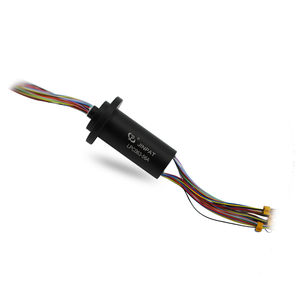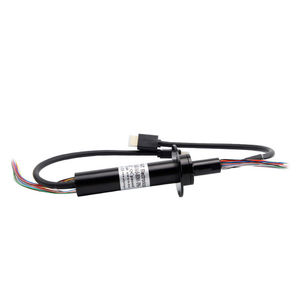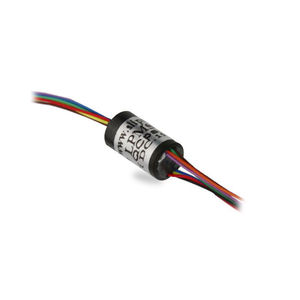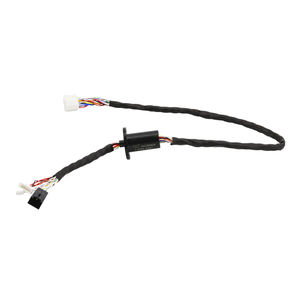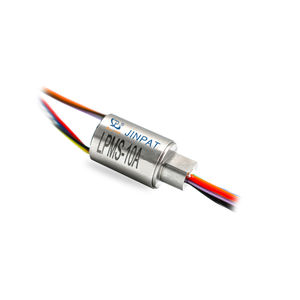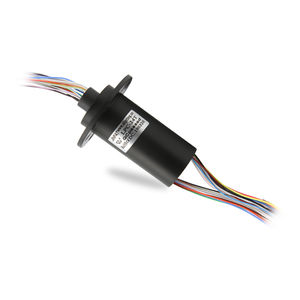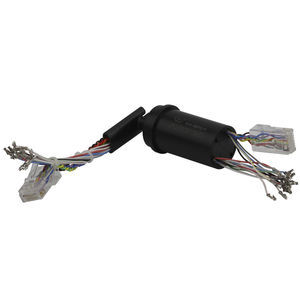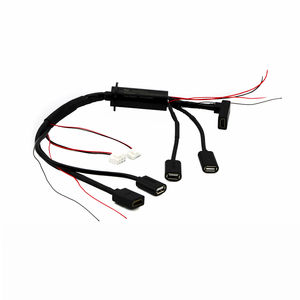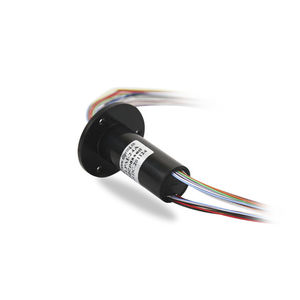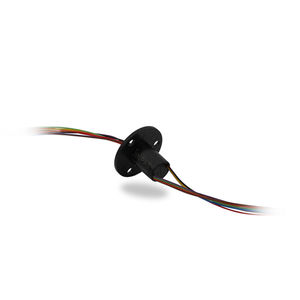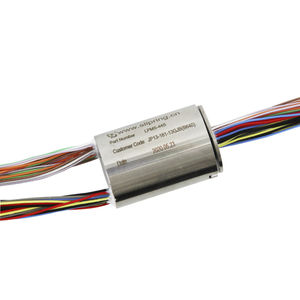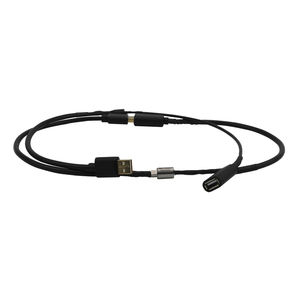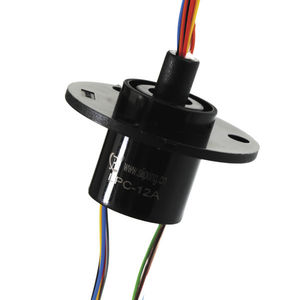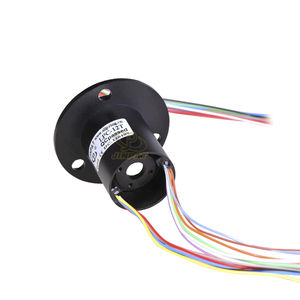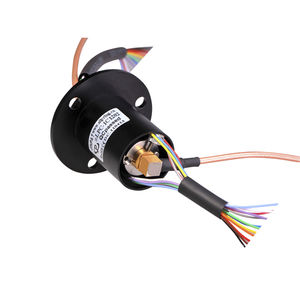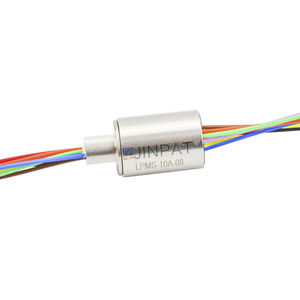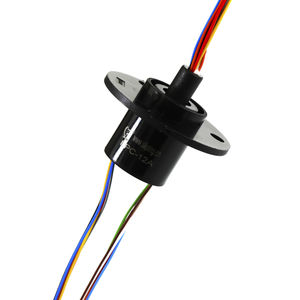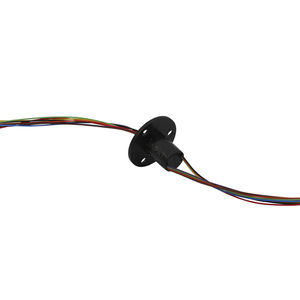
- Electricity - Electronics
- Cable, Connector, Enclosure
- Capsule slip ring
- JINPAT Electronics Co., Ltd.
- Company
- Products
- Catalogs
- News & Trends
- Exhibitions
Capsule slip ring LPM-30A for roboticsfor medical equipmentindustrial
Add to favorites
Compare this product
Characteristics
- Construction
- capsule
- Applications
- for robotics, for medical equipment, industrial, packaging machine
- Material
- metal
- Other characteristics
- compact, with gold contacts, low-torque, miniature, fiber brush
- Voltage
240 V
- Primary current
1 A
- Rotational speed
Min.: 0 rpm
(0 rad.min-1)Max.: 300 rpm
(1,885 rad.min-1)- Number of channels
30 unit
Description
Description
A slip ring capsule can be used in an electromechanical application to transfer low power and data over continuous rotary interface. A slip ring is also called a rotary electrical interface, commutator, collector,
swivel or a rotary joint.
The LPM-30A compact slip ring provides 30 circuits and operational speeds up to 300 rpm. Our fiber brush technology minimizes contact wear and Precision assembly while it extends operational life. Features
♦ - 30 circuits models
♦ - 1 amps per circuit, 240VAC/DC
♦ - Precision assembly to provide exceptional rotational life
♦ - Speed up to 300 rpm continuous
♦ - Gold-Gold contacts
♦ - Flexible, color-coded, silver-plated. Teflon®
UL lead wires
♦ - Superior handling of low level control signals
♦ - Metal housing optional
Operating Speed - 0-300 rpm
Number of Circuits - 30
Voltage - 240 VAC/DC
Current Rating - 1 amps per circuit ( It can pass 2A in some spécifie conditions)
Température Range - -20°Cto +60°C
Contact Material - Gold to Gold
Lead Size - 30# silver plated copper Teflon® UL
Lead Length - Standard 250 mm(9.843inch)
Dielectric Strength - >500 VAC @50Hz, between each circuit
Insulation Résistance - 1000 MQ@ 500 VDC
Electrical Noise - ImOMin
Housing Material - Métal
Catalogs
Other JINPAT Electronics Co., Ltd. products
OD 5.5mm-54mm Capsule Slip Rings
Related Searches
- JINPAT slip ring
- Cable assembly
- JINPAT metal slip ring
- JINPAT hollow-shaft slip ring
- JINPAT electric slip ring
- JINPAT compact slip ring
- JINPAT industrial slip ring
- JINPAT IP54 slip ring
- JINPAT capsule slip ring
- JINPAT slip ring with gold contacts
- JINPAT Ethernet slip ring
- JINPAT robotic slip ring
- JINPAT stainless steel slip ring
- JINPAT aluminum alloy slip ring
- JINPAT low-torque slip ring
- JINPAT rotary table slip ring
- JINPAT fiber brush slip ring
- JINPAT medical equipment slip ring
- JINPAT custom slip ring
- JINPAT flange slip ring
*Prices are pre-tax. They exclude delivery charges and customs duties and do not include additional charges for installation or activation options. Prices are indicative only and may vary by country, with changes to the cost of raw materials and exchange rates.





